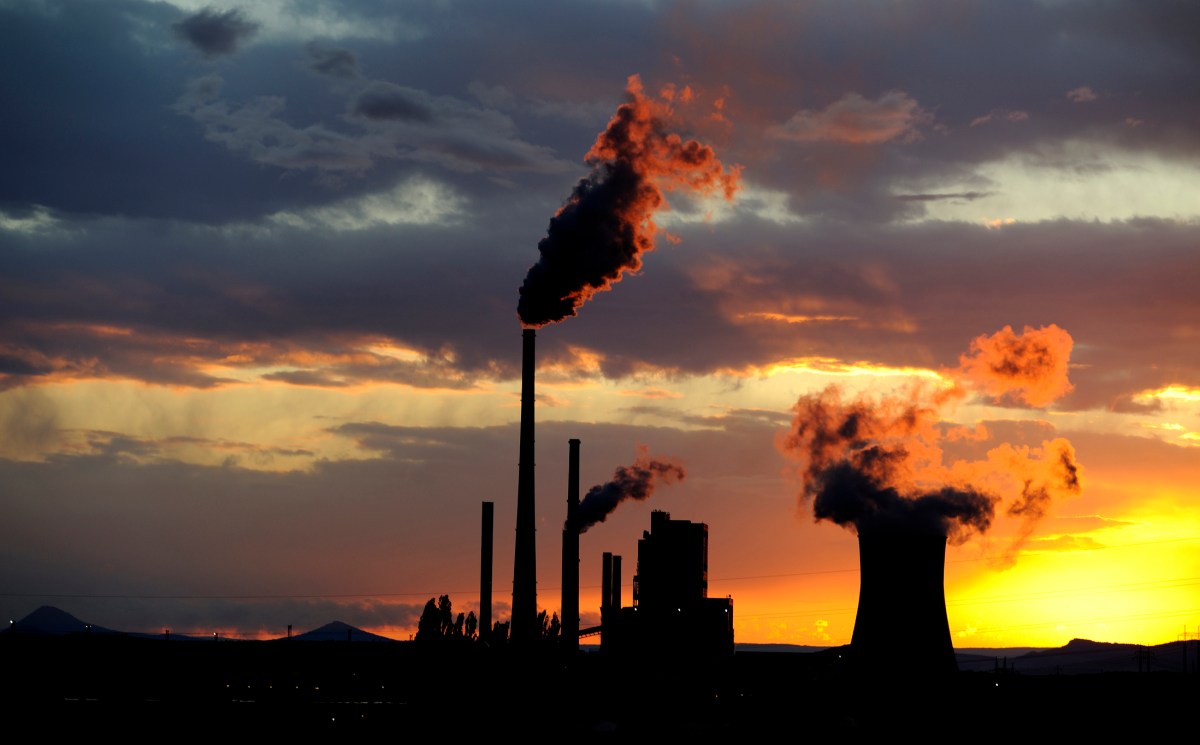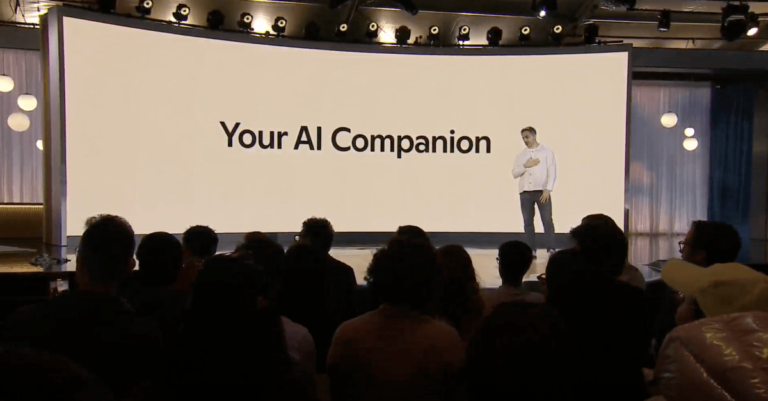Transforming Concrete: PHNX Materials Innovates Decarbonization with Coal Waste Solutions
Coal-fired power plants have significantly impacted the environment over the past century, contributing to issues such as climate change, acid rain, and health problems like black lung disease and heart conditions. However, within the ashes of these plants lies a surprising ally in the fight against climate change: fly ash.
Fly Ash: A Sustainable Alternative for Concrete
As Krish Mehta, co-founder and CEO of PHNX Materials, explains, “Ash can be used to replace up to 30% of cement.” By substituting fly ash for cement, the concrete industry can significantly reduce its carbon footprint.
Innovative Processing of Fly Ash
PHNX Materials has developed a unique method to refine fly ash by removing sulfur and carbon—two impurities that concrete manufacturers tend to avoid. This innovative processing not only prepares the fly ash for use in concrete but also generates valuable byproducts such as sulfur and aluminum.
Recently, PHNX Materials secured a $2.5 million seed investment, led by Divergent Capital, KdT Ventures, and Overture, with contributions from Jane Woodward, as reported by TechCrunch.
The Historical Use of Ash in Construction
Fly ash has been utilized in concrete for thousands of years. The ancient Romans incorporated volcanic ash, while modern-day state transportation departments, such as Caltrans, mandate a minimum of 25% fly ash in the concrete used for their projects.
Jorge Osio-Norgaard, co-founder and CTO of PHNX Materials, highlights that fly ash is crucial for stabilizing concrete mixes. Without it, a chemical reaction can transform the aggregate—small rocks within the concrete—into a gel, leading to expansions that may crack the structure.
The Impact of Coal Plant Closures on Fly Ash Supply
The decline of coal-fired power plants has drastically reduced the availability of fly ash for concrete production. Previously, coal generated 51% of the electricity in the U.S.; today, that number has plummeted to 15%. This shift has sparked a new industry focused on harvesting coal ash.
- Companies are extracting fly ash from ash pits.
- Light processing is conducted to meet quality standards.
- However, not all harvested ash meets the necessary specifications, leading to a shortage.
As a result, concrete manufacturers have reduced their fly ash usage to approximately 8%, even though they could utilize up to 30%. To compensate, they are increasing their reliance on more expensive cement, which nearly doubles the cost per ton compared to fly ash.
Environmental Consequences of Reduced Fly Ash Usage
This shift not only threatens the durability of concrete but also amplifies its carbon emissions. According to the EPA, producing one ton of cement releases about 0.8 tons of carbon dioxide through both the chemical process and the fossil fuels consumed for heating.
Mehta emphasizes that “unlocking a new supply of ash was the most scalable and quickest way to decarbonize the sector.” PHNX’s process extracts fly ash directly from landfills, enabling the company to sell refined ash to concrete producers while generating valuable compounds for other industries, such as fertilizers.
Conclusion: A Greener Future for Concrete Production
By tackling the impurities found in the 843 fly ash landfills across the U.S., PHNX Materials aims to provide the concrete industry with a viable, lower-carbon alternative. As Mehta stated, “We felt that unlocking a new supply of ash was the most scalable and quickest way to decarbonize the sector.” This innovative approach not only addresses environmental challenges but also opens new avenues for sustainable construction practices.







